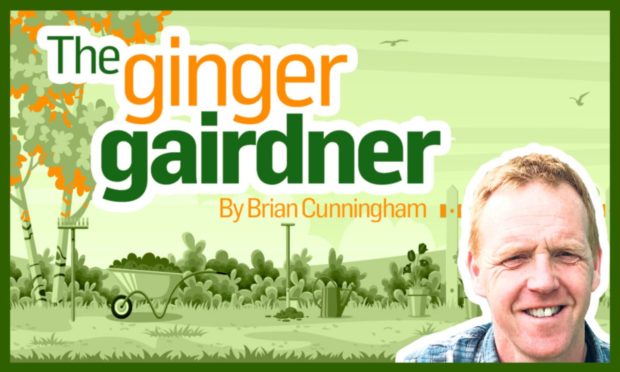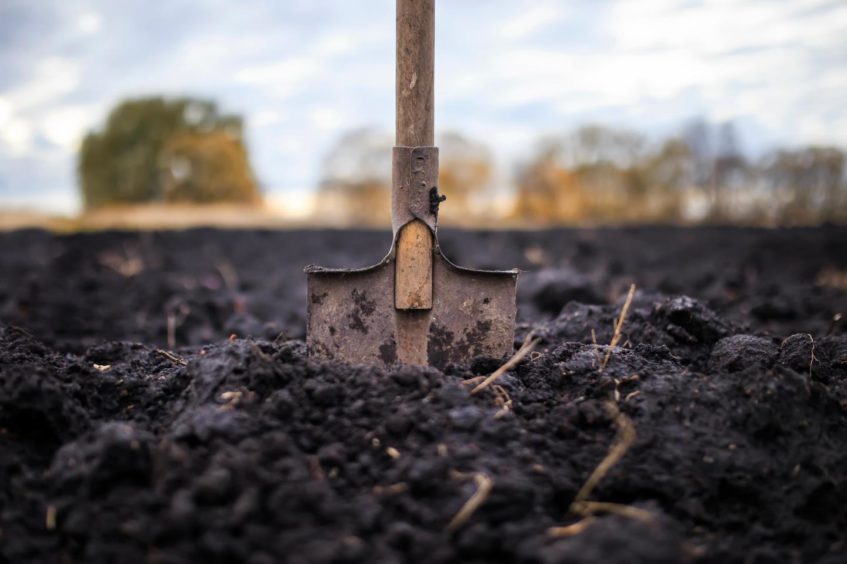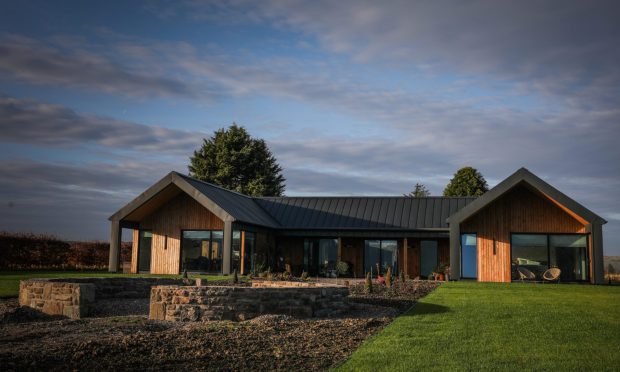Now there’s no need to panic. If we look at this rationally we still have a good four weeks of summer left. But we cant deny the start of autumn is beginning to creep ever so closer – I like working to the astronomical autumn date of September 22.
There’s been the odd cool morning and you can start to see the nights “fair startin’ to draw in”, but the biggest sign for me is that it seems every day now more and more gaps are starting to appear in my veg plot, as I harvest the likes of beetroot, onions and Savoy cabbages destined for the kitchen.
I don’t like looking at bare soil as that is just asking for weeds to move in, so I’m now pondering whether or not to sow some green manure to fill these gaps over the winter.
I know it’s hardly a life or death question I’m having to deal with here but as you generally dig a green manure crop in to the soil, putting the nutrients they taken out as they grow back in, it kind of goes against the principle of growing my veg using the no-dig method.
Instead of back-breaking work having to dig in composts and manures to feed the soil for next year’s crops, the ‘no-dig’ method means all we do is simply add a layer of compost to the surface of the soil as a mulch.
We then let worms do their magic pulling this goodness into their tunnels all the while improving the structure of our soil.
Green manures in winter
Green manures can be used in summer to keep weeds down on an area of bare soil but I suspect in most cases, as it’s in the middle of the growing season, you would rather take advantage of any gaps by sowing or planting out more vegetables.
I’m more interested in the use of green manures over the winter months at a time of year when it is traditionally wetter in Scotland.
The advantages of growing a green manure on your veg plot include that the roots of these plants will help hold the soil together, preventing soil erosion, and stop useful nutrients from being washed away before a plant has even had the opportunity to use them.
I could just use a piece of ground cover over the winter months to do this job, but personally I like to do everything I can to help and improve my soil. Plus this is an ideal place for slugs and snails to shelter under, ready and waiting to devour my freshly planted young crops next spring.
To turn over the soil or not?
I really do buy into the thinking that turning over the soil every autumn brings weed seeds to the surface and prevents the useful bacteria and micro organisms from building up in the soil, that would ultimately benefit the plants I grow.
Therefore you can see my dilemma now in wanting to grow green manures but not wanting to go through the process of digging them in. Thankfully there is a compromise where instead I can just cut the foliage down and leave it on the surface of the soil to rot down like a mulch.
Applying annual mulches incidentally is probably THE most useful garden job I can recommend to anyone.
The process of applying a layer of compost around your plants in early spring helps retain moisture in summer, and covers over any weed seeds, preventing them from germinating. You get the added bonus of making your garden look very neat and tidy.
It will also save you time weeding and watering.
If you are concerned about any new plantings made over the summer, then an autumn mulch adds a layer of insulation for the plants roots increasing their chances of survival over winter.
I’ve carried out an autumn sowing of green manures once before but with only part success.
Mixed results
I gave two a try, the field beans that I had sown did germinate after a September sowing, but I suspect they didn’t get a chance to put on any real growth and really there was nothing to be seen of them by the time November came.
The Hungarian rye grass was much more successful, surviving over the winter and being dug in to the soil early spring – this was before my no-dig days.
I actually think both would benefit from being sown a few weeks earlier, which I intend to get on with now, giving them a chance to get going and growing, taking full advantage of the warmth there still is in September to become bigger and stronger plants, and more able to survive winter.
No matter what time of year you use a green manure and whether you are digging the green manure in or leaving it on the surface as a mulch, it is best to carry out this task a good couple of weeks before sowing or planting, as the decaying material may affect the growth of your new plants.












